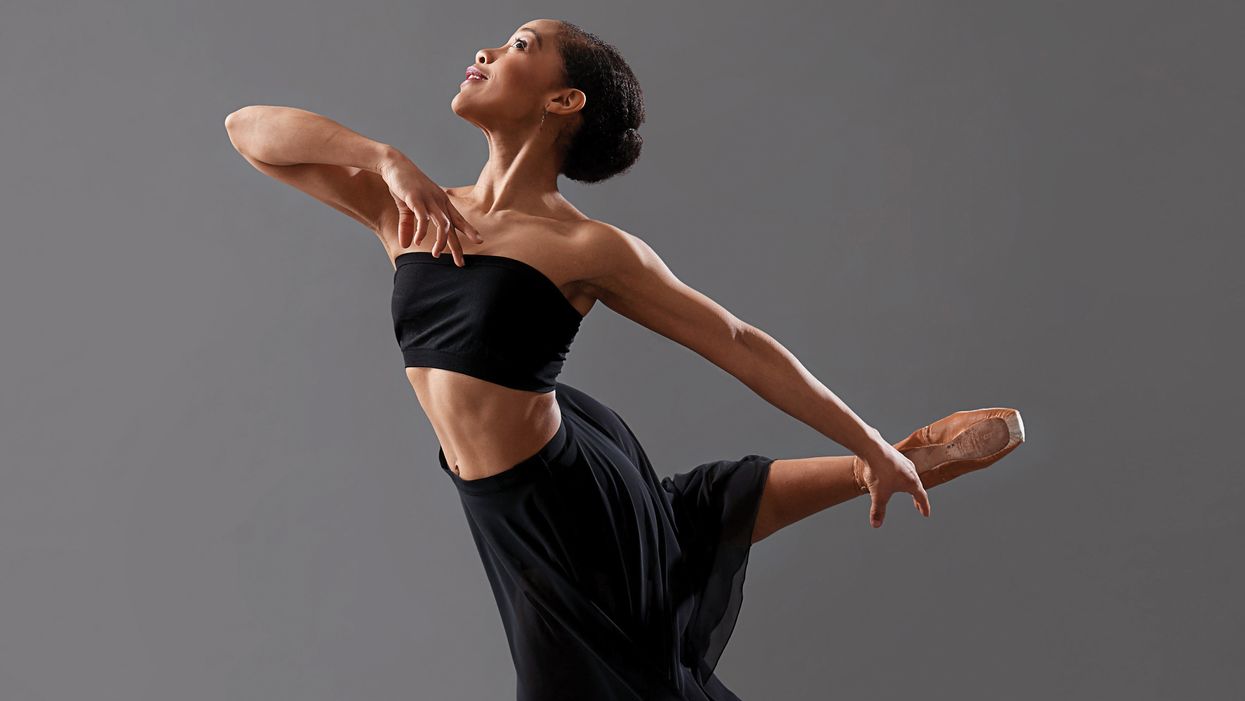One Dancer's Journey Through Depression and Anxiety
Twenty-five-year-old Sydney Magruder Washington had dreams of auditioning for ballet companies and Broadway shows when she moved to NYC four years ago, as a recent graduate of Skidmore College. But after completing an apprenticeship with Connecticut Ballet in 2015, her anxiety and depression became so severe that she could barely leave her apartment—let alone go to a dance class or audition. After working with a therapist and trying out new medications with a psychiatrist, she’s finally starting to get her training and career back on track. And she’s also realizing she was misdiagnosed for a decade. Here, she tells her story.
—Courtney Bowers
I started dancing when I was 3 at C&C Dance Co in Bowie, MD. Like a typical comp kid, I trained in a lot of styles, and took my required ballet classes every week. In high school, I started focusing on musical theater. I always considered myself a technician, but I thought I was bound for Broadway. It wasn’t until I went to Skidmore College that I realized I also wanted to focus on ballet.
 Washington as a young dancer (courtesy Washington)
Washington as a young dancer (courtesy Washington)
I’ve had depression my whole life. I really don’t remember a time before it. I moved schools three times in six years because of bullying when I was younger, and that bullying affected me deeply. By the time I was 11, the things that I’d formerly loved to do didn’t bring me joy anymore. I started feeling like my life was pointless. I was undergoing a lot of change at the time; my parents were separating, and we’d moved out of my childhood home. I was miserable all the time.
My mom was the first person who noticed that something was wrong. I had been a straight-A student, and all of a sudden, my grades were dropping. I was diagnosed with ADHD at 11 and immediately put on medication. It helped, but it didn’t do the whole job. My anxiety and depression continued to get worse and worse over the next decade. I thought I was broken. Outside everything looked like it was fine, but on the inside, living in my own head and body was torture.
I tried to fill the void in my life with things like dance. In high school, I loved studying dance because I loved learning and mastering a technique. The repetition and routine comforted me and gave me peace. And I always loved to be onstage. Dance was the place where I could work out what I was feeling—it became a method of coping.
 Photo by Rachel Neville, courtesy Washington
Photo by Rachel Neville, courtesy Washington
In 2015, after I returned from my apprenticeship with Connecticut Ballet, I became paralyzed with fear and anxiety. I couldn’t do anything for nine months. I stopped going to class and I stopped dancing. I didn’t see any of my friends. It was so exhausting just to be. My wife was the one who finally pushed me out of it. She said, “Enough. You can’t do this, you have too much to offer.” She basically dragged me to Broadway Dance Center.
After that, I started to look for a therapist and got a psychiatrist. With their help, I realized I wasn’t diagnosed fully when I was 11. I learned I’m also on the autism spectrum—I have Asperger’s syndrome. This explains the difficulty I always had making friends when I was younger. And I learned that I should’ve been taking anti-anxiety and anti-depression medication along with my ADHD medicine all these years.
My new combo of ADHD medication, two different anti-anxiety medicines, and an anti-depression medication seems to be working so far, and I’m ecstatic. I feel like I’m finally living now. My anxiety has completely evaporated for the first time ever. I wish I’d had all this help and support a decade ago. But I have to let that go because I don’t want to be bitter. This is how I got where I am. The hardship and trials were worth it.
It took me 18 months to get back in shape, but I’m finally taking class and auditioning again. My technique has never been better, and I love the art form more than ever. Dance has returned to being a source of calm, joy, and inspiration for me.
I’ve found a new purpose in encouraging other dancers to prioritize their mental health in an industry that can be soul-crushing. I want people to know it’s possible to come out on the other side. You can get through this.
A version of this story appeared in the May/June 2018 issue of
Dance Spirit with the title “Dancing Through Mental Illness.”




